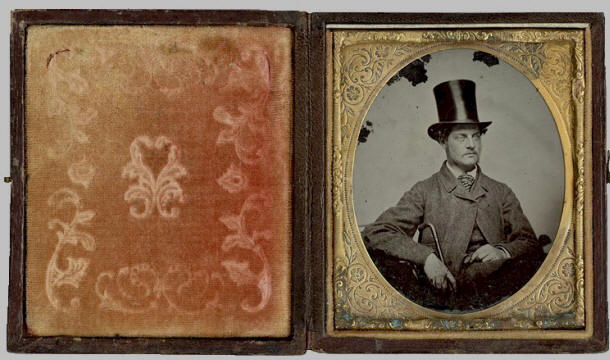George Crawshay (1821-96)

George Crawshay was a partner in the Gateshead iron manufacturing company Hawkes, Crawshay & Sons, responsible for building the High Level Bridge which is the oldest of the present-day crossings of the River Tyne, and the Iron Bridge in Constantinople.
It is generally accepted that it was his incompetence as a manager which led the company, employing at one stage over 800 workers, to close down in the late 1880s. But he had other qualities and other interests, being active in the Corn Law agitation and, later, in the movement for founding mechanics institutes.1 In 1854, as a result of hearing David Urquhart speak in Newcastle, Crawshay and Charles Attwood set up the first of the Foreign Affairs Committees which were to occupy Urquhart and his supporters for the next two decades.2 When the Free Press separated from Isaac Ironside’s Sheffield Free Press and came under the editorship of Collet Dobson Collet, it was Crawshay who financed it.
As one of the first members of Urquhart’s Foreign Affairs Committees, he became also one of the prime movers of the Turkish Bath Movement which grew from them. In 1857, when he was living in Tynemouth at Tynemouth House, he added ‘a large Turkish bath at one side of the House’.3 It was designed by a local architect, James Shotton, who later went on to design the Cecil Street Turkish baths in North Shields and the Pilgrim Street Baths in Newcastle.4 Crawshay’s belief in Turkish baths lasted throughout his life and in the following years he was to become a shareholder in the North Shields Turkish Bath Company and the London & Provincial Turkish Bath Company.5
This page enlarges an image or adds to the information found below:
The Newcastle-on-Tyne Infirmary Turkish baths

Victorian Turkish Baths: their origin, development, and gradual decline



Comments and queries are most welcome and can be sent to:
malcolm@victorianturkishbath.org
The right of Malcolm Shifrin to be identified as the author of this work
has been asserted by him
in accordance with the Copyright, Designs and Patents Act 1988
© Malcolm Shifrin, 1991-2023